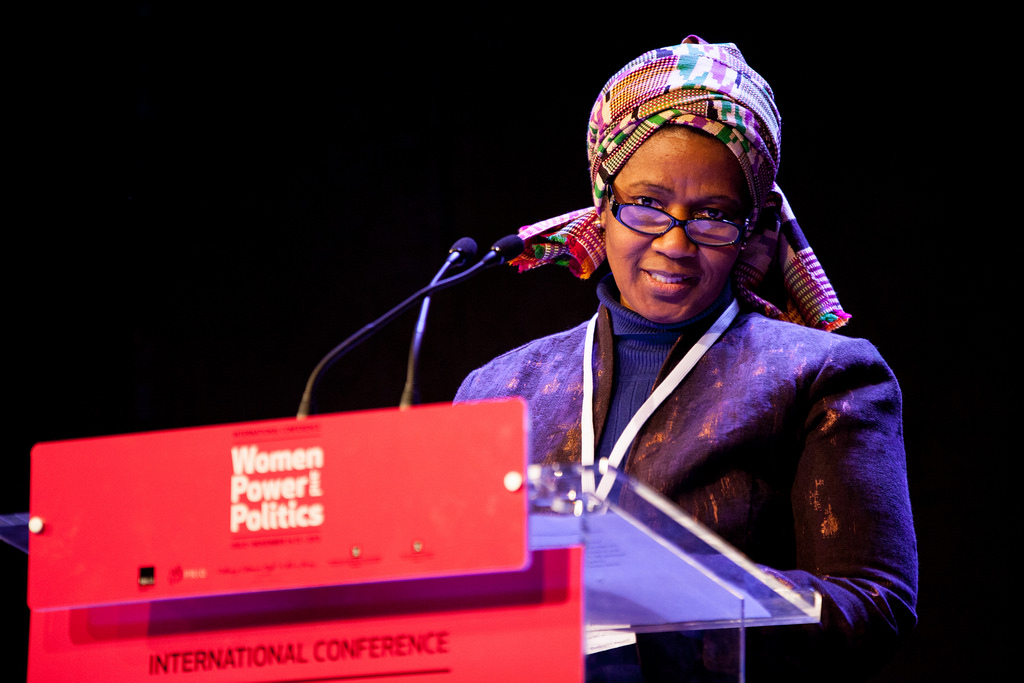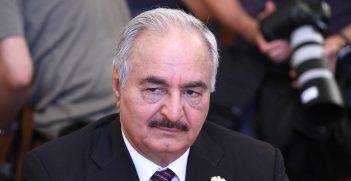Women in Diplomacy

International Women’s Day is a UN-recognised day celebrated annually on 8 March to increase equality between men and women. Despite improvements in recent years, however, the role of women in diplomacy remains significantly diminished compared to that of men.
Diplomacy’s main challenges – conflict, peace and security – are problems that affect women and men equally. But women are underrepresented in the search for solutions. Phumzile Mlambo-Ngcuka, chief of UN Women, told a security council meeting in 2015 that women were ‘perhaps the most under-utilised tool we have for building peace’, and the UN had failed to increase the participation of women in conflict resolution processes. This is despite having acknowledged that it was more dangerous to be a woman in a conflict zone than to be a soldier.
Even in developed countries women are still vastly outnumbered by men in the senior levels of diplomacy, as in so many other professions. It is true that few would now assert, in a way that was once common, that women are in principle unable to take up any diplomatic role. Even Iran and Saudi Arabia have appointed female ambassadors, and three women have ably filled the crucial post of US Secretary of State. But ambassadors (just count them in Canberra) are most commonly accompanied men relying to varying degrees on unpaid wives to manage their social obligations, although most foreign ministries would not openly call for such an arrangement.
A more diverse workforce brings a broader skillset and a greater pool of competent people. This is essential in an era where the diplomatic toolbox seems inadequate to resolve problems like Syria’s conflict, or the spread of Islamic State. Women in ambassadorial roles in what would seem to be the most challenging locations point out that, while their job and their contribution are basically the same as their male colleagues’, they can also contribute in ways that men can not. Britain’s ambassador to Yemen, Jane Marriott, says that she has to deal with the problem of men looking past her for the real ambassador. But on the positive side, people can underestimate her, and reveal more than they had planned to. She also has access to the women of Yemeni society: that’s half the population that a male ambassador might never encounter, though he may traditionally have relied on his wife.
In the British Diplomatic Service women are over-represented in the most junior administrative roles, amount to just 29.8% of senior management and represent a mere 49 of 267 heads of British diplomatic missions abroad. The proportion of women trails off by grade in a more or less linear correlation until you get to the very, very top, where there are none. No women were shortlisted for interview when the Departmental Secretary was recently replaced, and no woman has ever run the department. No woman has ever held the plum top posts of Permanent Representative to the UN in New York, to the European Union in Brussels, Ambassador to the United States and France. The numbers for Australia are quite similar.
We celebrate the first women to represent the UK in major posts like Beijing (Barbara Woodward) or Moscow (Anne Pringle), but 22 years after I graduated from university – naively unaware that sexism in the workplace or at home was something that might ever concern me – I’m surprised that these achievements should still be notable. At a recent dinner party in Canberra, an Australian woman who had been ambassador in an African country mentioned that there had been 16 female ambassadors (out of around 100) in that capital. ‘That’s a good number’ nodded the man by our side approvingly.
Women are of course not a minority. Not in the world, in schools, amongst university graduates and certainly in the UK or Australia. But they are just about always a minority in corridors of power. This is sometimes explained away complacently for the case of the Foreign and Commonwealth Office, as by former UK ambassador Charles Crawford in a 2014 Telegraph blog:
‘…. more women are steadily working their way through the FCO system and, in due course, will be in or around the top levels of the diplomatic service and achieving the very highest positions regularly. It just takes time in a small service where so much rightly turns on practical experience and foreign languages acquired over several decades, and where the top jobs require the very best guns available to advance our national interests.’
Crawford’s comment, complete with macho metaphor, reflects an unproven social assumption that gender imbalance at the top of professions results from men’s greater success than women’s in meritocratic competition. But as Joan Caro so ably points out: most people in most workplaces have probably noticed that the people who got to the top are not all the most obviously brilliant. “Merit” may be in the eye of the beholder and failure to recognise this delays change.
Social constructs conspire hard against diplomats. Aside from dealing with caring responsibilities, which still hit working mothers harder than working fathers, nearly every job change or promotion for a diplomat means an international move. This is a challenge, sometimes insurmountable, for dual-career couples. Someone has to be prepared to compromise with each move and it seems likely that – in a world where men still anticipate disproportionately that their partners will support their success by making career sacrifices – the double pressure on women will affect their professional development.
Foreign ministries and international organisations must endeavour to make the kind of systemic change that will lead to as many women as men at all levels. This means at a minimum dismantling stereotypes, providing flexible career structures and working arrangements so that women and men can all pursue their careers while enjoying the rest of their lives and providing coaching and development to encourage women to realise their potential. Only then can we create a new leadership identity, fit to address global challenges in a broad and creative way.
Rebecca Fabrizi is Senior Strategic Research Fellow at the Centre for China in the World at the Australian National University. She has a background as a diplomat for both the UK and the European Union. This article is published under a Creative Commons Licence. It may be republished with permission.





